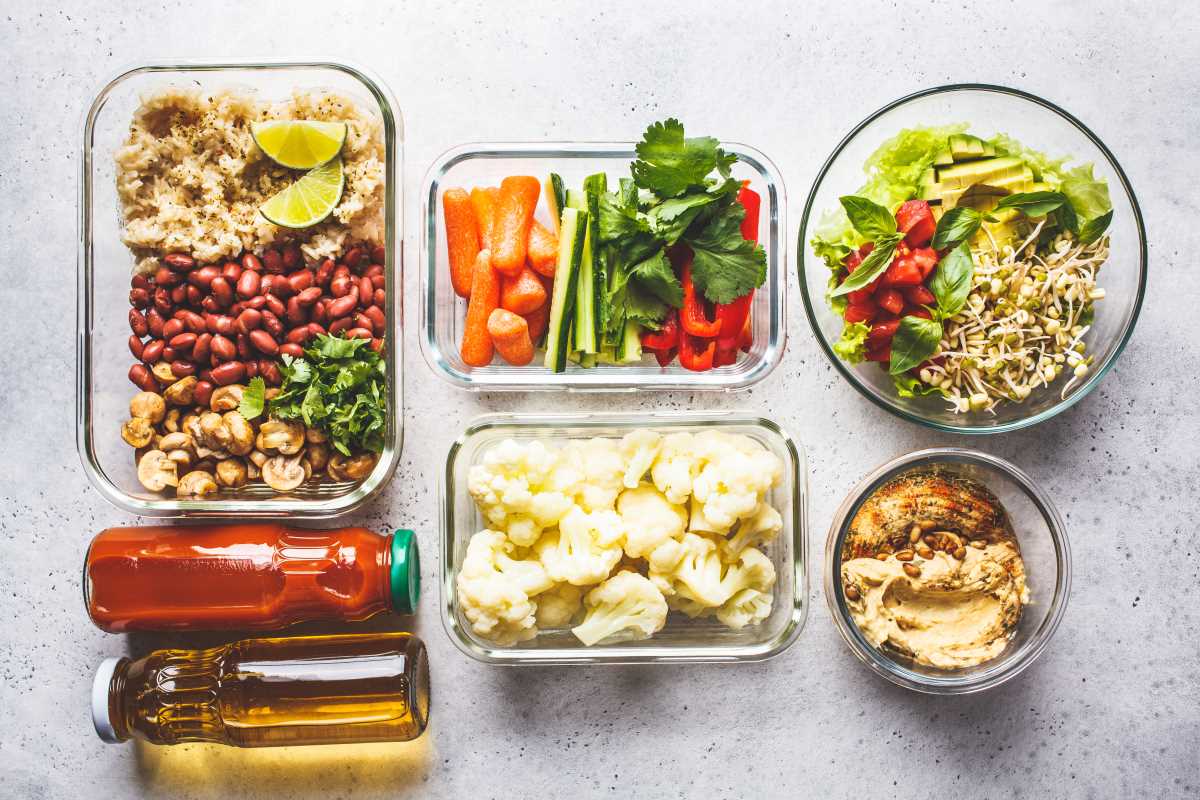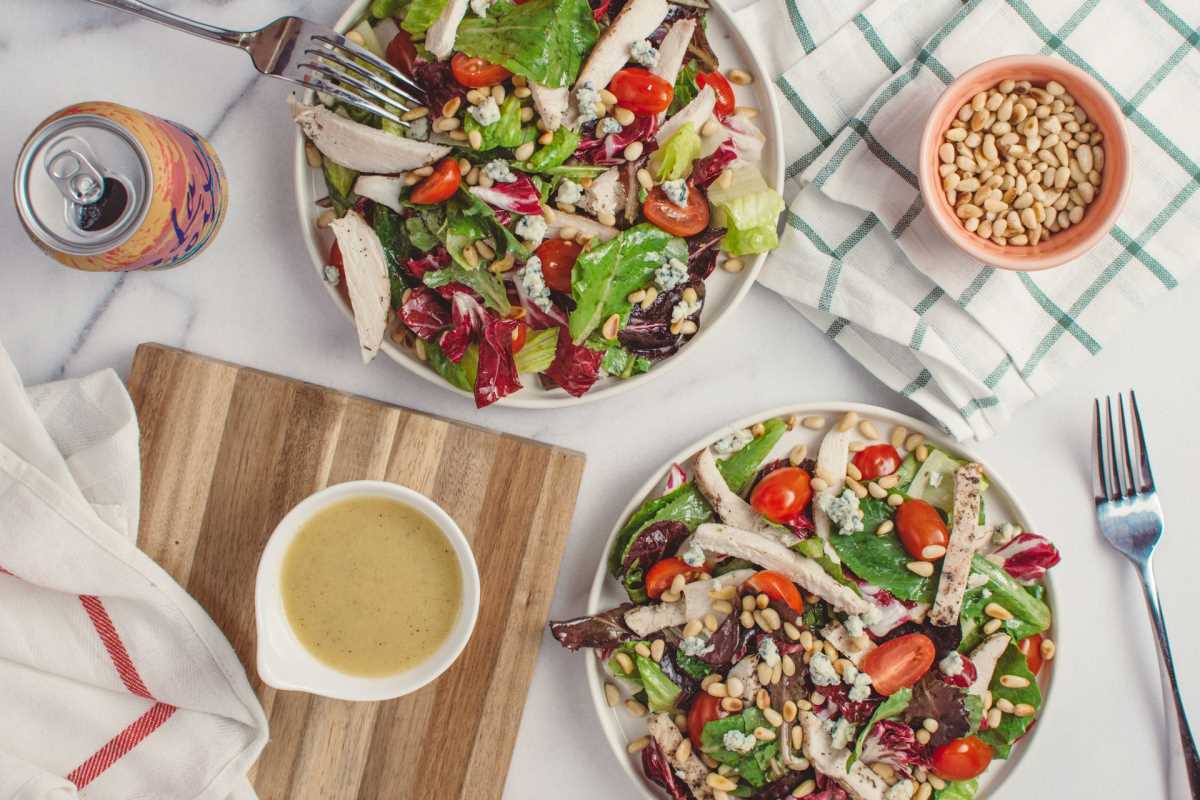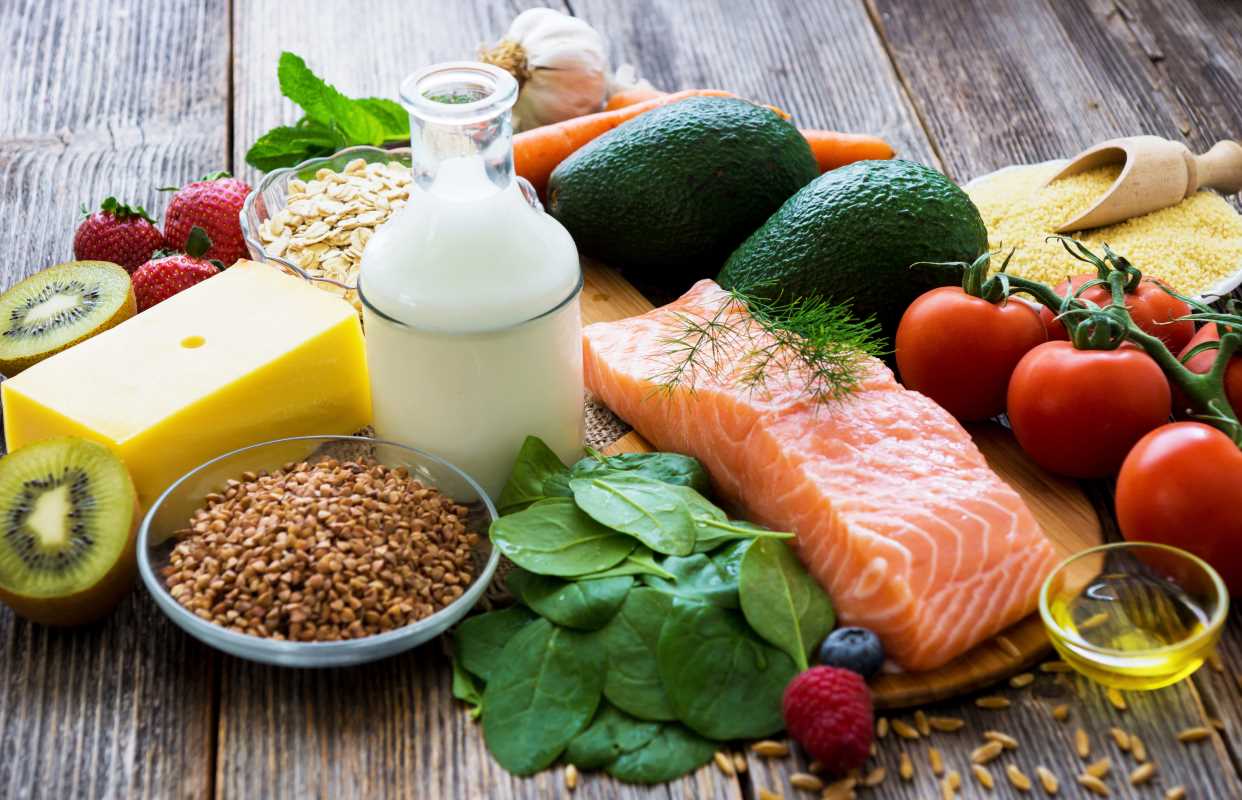Living with an autoimmune disorder brings its challenges, but one powerful tool for managing symptoms is what you put on your plate. Your diet can influence inflammation levels, strengthen your immune system, and improve overall well-being. By incorporating anti-inflammatory meals into your daily routine, you can actively support your health while enjoying flavorful and nourishing options. Below is a collection of anti-inflammatory recipes and meal ideas, complete with tips and variations to suit dietary preferences.
This guide is designed to help you eat with intention and ease, empowering your body inside and out.
Breakfast
A nourishing breakfast lays the foundation for your day. Choose ingredients rich in nutrients and antioxidants to fuel your morning and fight inflammation.
1. Berry Chia Pudding
- Why it works: Chia seeds are tiny yet mighty, packed with omega-3 fatty acids, which are essential for reducing inflammation in joints, skin, and other tissues. Berries bring a burst of color and an abundance of antioxidants like vitamin C.
- Recipe:
- Mix 3 tablespoons of chia seeds with 1 cup of unsweetened almond or coconut milk.
- Sweeten naturally with a drizzle of honey or maple syrup (optional).
- Stir thoroughly, then refrigerate for at least 3-4 hours or overnight to thicken.
- Top with fresh blueberries, strawberries, raspberries, and a sprinkle of unsweetened shredded coconut or almond slivers for added crunch.
Tips and Variations:
- If you prefer a creamier texture, blend the chia pudding after it sets.
- Add a teaspoon of vanilla extract or a pinch of cinnamon for enhanced flavor.
- For a lower-sugar option, opt for tart berries like blackberries or unsweetened almond butter as a topping.
2. Turmeric Ginger Smoothie
- Why it works: Turmeric is a potent anti-inflammatory that can ease symptoms linked to joint pain and swelling. Ginger improves digestion, while the spinach provides iron and other essential nutrients.
- Recipe:
- Blend 1 frozen banana, 1 cup of unsweetened almond milk, 1 teaspoon of turmeric powder, 1 inch of fresh ginger (peeled and chopped), a dash of cinnamon, and a handful of spinach.
- Optional add-ins include chia seeds, ground flaxseed, or a scoop of plant-based protein powder for an extra boost.
Tips and Variations:
- Replace spinach with kale if you prefer a more earthy flavor.
- If ginger feels overpowering, reduce the amount slightly or opt for frozen ginger cubes for milder flavor.
- To create a thicker smoothie bowl, use less liquid and top with granola, fresh fruit, and nuts.
Starting your day with either of these options sets a tone of nourishment and energy, leaving you satisfied until your next meal.
Lunch
Midday meals are an opportunity to fill your plate with greens, healthy fats, and lean proteins, which can help sustain energy and continue reducing inflammation.
3. Mediterranean Quinoa Salad
- Why it works: Quinoa is a plant-based complete protein that supplies all nine essential amino acids, making it an excellent choice for muscle repair and cellular health. The cucumbers, cherry tomatoes, and olives provide anti-inflammatory phytonutrients, while the olive oil adds heart-healthy monounsaturated fats.
- Recipe:
- Cook 1 cup of quinoa according to package instructions and allow it to cool.
- Toss with chopped cucumbers, cherry tomatoes, red onions, Kalamata olives, and fresh parsley.
- Drizzle with a dressing made from olive oil, lemon juice, and a pinch of sea salt. Add crumbled feta for a salty touch, if desired.
Tips and Variations:
- Replace feta cheese with avocado for a dairy-free option.
- Add protein by including grilled chicken, chickpeas, or boiled eggs.
- For a grain-free alternative, swap quinoa for cauliflower rice.
4. Salmon & Avocado Wraps
- Why it works: Wild-caught salmon is rich in omega-3 fatty acids, which play a critical role in controlling inflammation. Avocado provides monounsaturated fats and potassium, supporting brain and heart health.
- Recipe:
- Use a gluten-free tortilla or large lettuce leaves as the wrap base.
- Spread mashed avocado, layer with smoked or grilled salmon, add fresh spinach leaves, and thinly sliced red peppers.
- Sprinkle with black pepper and roll tightly.
Tips and Variations:
- Add a squeeze of lemon juice to brighten the flavors.
- Not a fan of salmon? Swap it for turkey breast or tofu for an equally satisfying wrap.
- For spice lovers, include a sprinkle of paprika or a dash of hot sauce.
These lunch recipes are flexible, tasty, and designed to power you through the day with balanced energy and reduced inflammation.
Dinner
Dinner is an opportunity to wind down with comforting, whole-food meals that nourish your body and ease inflammation from the day.
5. Sweet Potato & Lentil Curry
- Why it works: Sweet potatoes are a rich source of beta-carotene, which your body converts into vitamin A, an antioxidant that supports immune function. Lentils are high in fiber and plant-based protein, promoting gut health and reducing systemic inflammation.
- Recipe:
- Sauté diced onion, minced garlic, and grated ginger in olive oil until fragrant.
- Add diced sweet potatoes, 1 cup of rinsed red lentils, 1 can of coconut milk, 1 teaspoon of turmeric, 1 teaspoon of cumin, and a pinch of red chili flakes.
- Simmer the mixture on low heat until the lentils are tender, about 20-25 minutes. Serve over brown rice or quinoa.
Tips and Variations:
- Stir in fresh spinach or kale at the end of cooking for an added nutrient boost.
- Use butternut squash instead of sweet potatoes for a seasonal twist.
- Adjust spice levels based on your tolerance by adding more chili flakes or using a mild curry paste.
6. Lemon Herb Chicken with Roasted Vegetables
- Why it works: Lean chicken offers high-quality protein without excess saturated fats. Pairing it with roasted vegetables like broccoli, carrots, and zucchini adds fiber, vitamins, and inflammation-fighting antioxidants.
- Recipe:
- Marinate chicken breasts in a mixture of olive oil, lemon juice, minced garlic, and fresh herbs such as oregano, thyme, or rosemary for at least 30 minutes.
- Roast alongside a sheet pan of chopped vegetables drizzled with olive oil at 400°F for 25-30 minutes, flipping halfway through.
Tips and Variations:
- For vegetarians, replace chicken with marinated tofu or tempeh.
- Experiment with different vegetables, such as brussels sprouts, parsnips, or asparagus.
- Add a sprinkle of nutritional yeast to the vegetables before roasting for a cheesy flavor packed with B vitamins.
These dinner ideas are hearty, warming, and packed with ingredients that will satisfy your taste buds and your health.
Snacks
Snacks can help keep inflammation in check and prevent blood sugar dips between meals. Choose nutrient-dense options that are quick and easy to grab.
7. Golden Milk
- Why it works: This soothing drink combines anti-inflammatory turmeric with milk alternatives rich in calcium and vitamins. Black pepper enhances turmeric's absorption, making it more effective.
- Recipe:
- Heat 1 cup of unsweetened almond milk with 1/2 teaspoon of turmeric, 1/2 teaspoon of cinnamon, a pinch of black pepper, and a small drizzle of honey. Stir well and serve warm.
Tips and Variations:
- Add a teaspoon of coconut oil for added creaminess and healthy fats.
- Swap almond milk for oat milk or cashew milk if you prefer a different taste.
8. Hummus & Veggie Sticks
- Why it works: Chickpeas, the main ingredient in hummus, are rich in fiber and protein, which support gut health. Paired with raw veggies like celery, carrots, or bell peppers, this snack provides a hydrating, nutrient-packed crunch.
- Recipe:
- Blend 1 can of chickpeas, 2 tablespoons of tahini, the juice of 1 lemon, 2 tablespoons of olive oil, 1 clove of garlic, and a pinch of paprika until smooth. Serve with fresh vegetable sticks.
Tips and Variations:
- For a twist, try beet or roasted red pepper hummus.
- Substitute chickpeas with white beans for a slightly creamier texture.
- Add a sprinkle of sumac or za'atar for extra flavor.
Snacks don’t have to be boring or laden with sugar. These options keep you energized and aligned with your health goals.
Eating anti-inflammatory meals doesn’t need to be restrictive or tedious. By making simple swaps, adding nutrient-dense ingredients, and experimenting with new flavors, you can create a sustainable approach to healthy eating while managing autoimmune symptoms. Over time, these meals can improve how you feel, providing both physical relief and culinary enjoyment. Whether you're starting small or revamping your entire diet, these ideas give you a solid foundation for healthier living.
 (Image via
(Image via





